What's New
Displaying results 1061 - 1070 of 4899
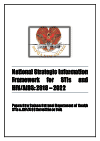
Resource | Publications,
National HIV prevalence is estimated at 0.9%. It is estimated that there are 48,000 people living with HIV in PNG in 2017. Of these, around 3,000 are estimated to be new infections from the same year with sexual transmission being the leading transmission route. HIV prevalence in PNG is not uniform. The recent integrated bio-behavioural surveillance (IBBS) study revealed a prevalence of 14.9% among female sex workers and 8.5% among MSM and transgender people in NCD. It is also higher than the national average in the Highlands region and National Capital District. Figure 1 shows the distribution of HIV by provinces.
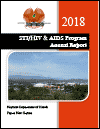
Resource | Publications,
Significant progress has been made to curb the HIV/AIDS epidemic in PNG. However, the country has the highest HIV prevalence and rate of new infections in the Asia and Pacific region. No nationwide population-based survey has been conducted to measure the true burden of the disease in the country. Estimates based on anti-natal care (ANC) attendances using Spectrum put the prevalence of HIV among adults 15 – 49 years at 0.9% (0.7 – 1.0) in 2017.
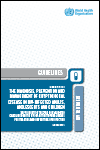
Resource | Guidelines,
These guidelines provide recommendations and good practice guidance on the optimal approach to diagnosing cryptococcal meningitis, strategies for preventing invasive cryptococcal disease through cryptococcal antigen screening and pre-emptive fluconazole therapy, treating cryptococcal meningitis with combination antifungal therapy regimens, preventing, monitoring and managing amphotericin B drug toxicity, recommendations against adjunctive therapy with systemic corticosteroids and recommendations on the timing of antiretroviral therapy (ART) initiation.
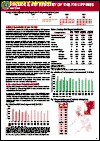
Resource | Fact Sheets,
In May 2019, there were 1,092 newly confirmed HIV-positive individuals reported to the HIV/AIDS & ART Registry of the Philippines (HARP). This was higher compared with the same period last year (950). Seventeen percent (190) had clinical manifestations of advanced HIV infection (WHO clinical stage 3 or 4) at the time of diagnosis.
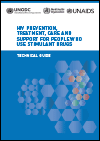
Resource | Publications,
The guide is intended for use by policymakers, programme managers and service providers, including community-based organizations, at the national, regional or local levels, who undertake to address HIV prevention, treatment and care. It also provides useful information for development and funding agencies and for academia.
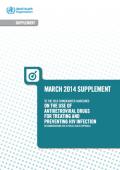
Resource | Guidelines,
WHO guidelines on the use of antiretroviral (ARV) drugs for treating and preventing HIV infection provide a public health approach for scaling up HIV care and treatment programmes and focus on simplified, harmonized and effective antiretroviral therapy (ART) regimens for use in resource-limited settings. In 2013, for the first time, WHO revised and combined guidelines for adults and adolescents, infants and children and pregnant women as well as other ARV-related guidance documents into one set of consolidated guidelines that addressed the use of ARV drugs for HIV treatment and prevention across all age groups and populations, based on the broad continuum of HIV care.
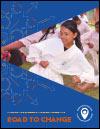
Resource | Publications,
The “UN Trust Fund to End Violence against Women annual report 2018: Road to change” shows results and successes of UN Trust Fund grantees in 2018. It highlights achievements in grantees’ work to ensure access to multisectoral services, prevent violence, strengthen the implementation of laws, policies and national action plans, and to leave no one behind.
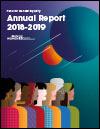
Resource | Publications,
Supported by photos, data, infographics, and individual stories of impact, UN Women's Fund for Gender Equality (FGE) annual report presents main aggregated results achieved by its 25 active projects. It highlights the process and outcomes of its fourth grant-making cycle, 2018–2019, a scaling and innovation initiative. The report also features FGE’s South-South and triangular cooperation strategy, a few impact news from past projects, and two grantee partners’ op-eds.
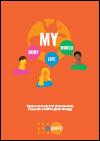
Resource | Publications,
My Body, My Life, My World is UNFPA's new global strategy for adolescents and youth.
It puts young people—their talents, hopes, perspectives and unique needs—at the very centre of sustainable development. In doing so, it supports the achievement of the Sustainable Development Goals, and aligns with the new United Nations Strategy on Youth as well as UNFPA's 2018-2021 Strategic Plan.
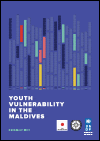
Resource | Publications,
This report was commissioned to examine and identify grievances of youth, why young people in the Maldives are vulnerable to recruitment into certain groups of the society and to examine the problems that young people face and the different vulnerabilities that they are exposed to. The aim has been to consult widely with young adults about their lives and to develop some responses based on their views. The report presents 10 policy priorities in the near term. It serves as tool for the government, development partners, academic institutions and civil society in our collective efforts to better understand the intersectionality of youth issues, and further strengthen our work towards achieving truly inclusive development and the attainment of the SDGs.





